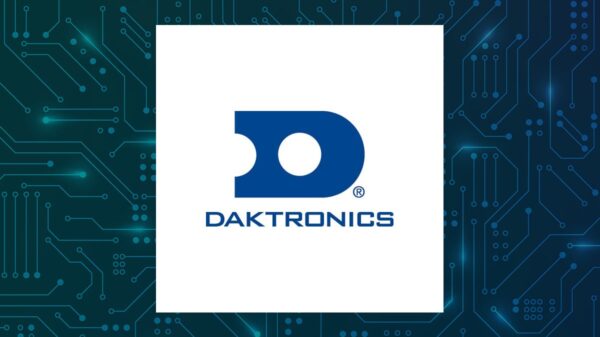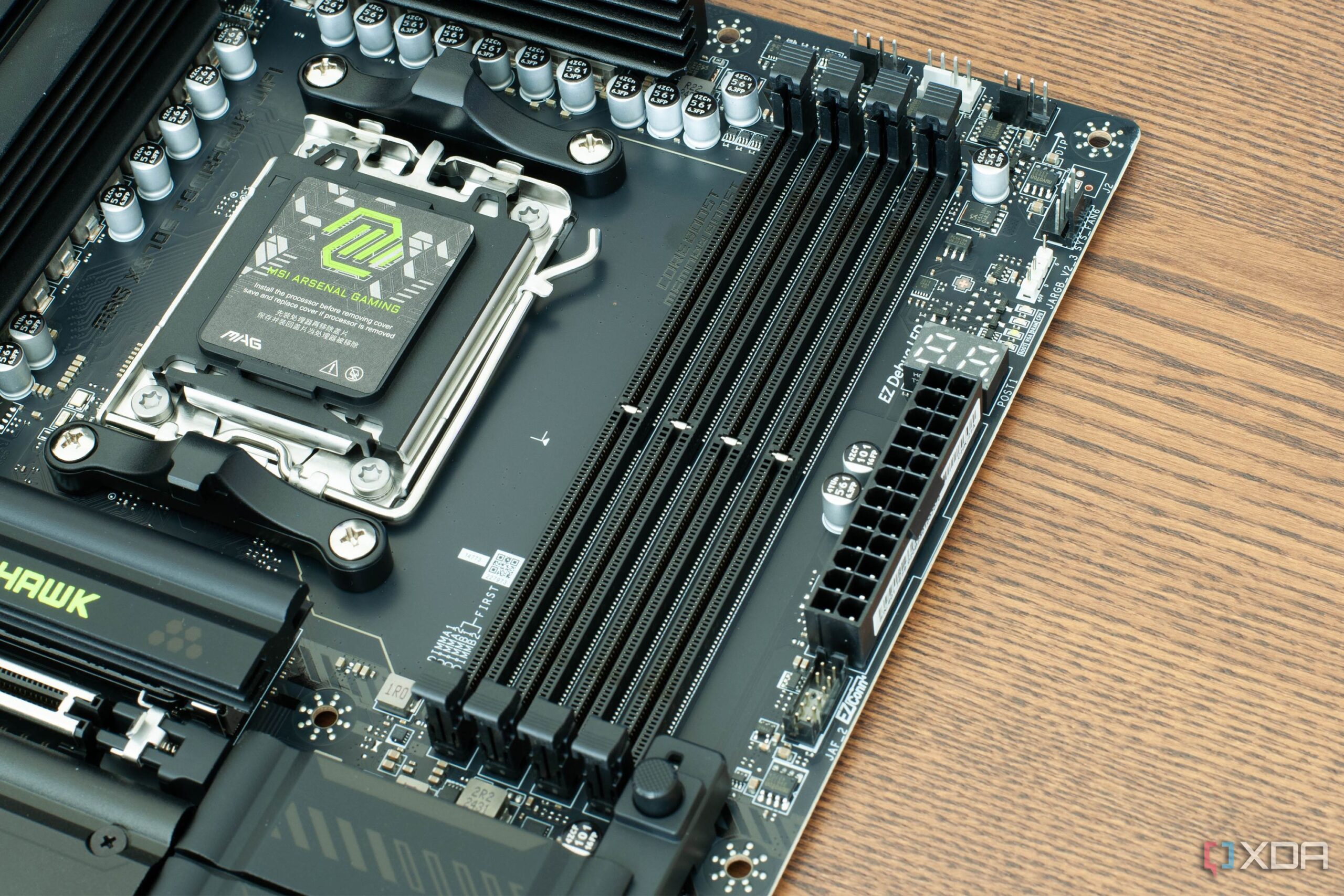URGENT UPDATE: A groundbreaking study has just confirmed a critical aspect of motherboard selection that could significantly affect your computing experience: boot time. As enthusiasts gear up for their next PC build, understanding this often-overlooked feature could save precious seconds—potentially up to 35 seconds on a cold boot.
New reports indicate that the time it takes for your PC to move from power-on to desktop varies dramatically across different motherboard models. This can be especially crucial for users who prefer to power down their systems rather than relying on Sleep mode. For those utilizing DDR5 systems, the implications of boot times are even greater, as these setups inherently require longer memory training periods.
The boot process incorporates a memory training phase, where the motherboard fine-tunes the RAM settings to ensure stability. This is particularly vital for AMD systems, where precise synchronization between the Infinity Fabric Clock and memory clock is essential to minimize latency. Notably, DDR5 memory modules are more sensitive to voltage fluctuations, which can escalate boot times due to mandatory memory training, leading to delays of nearly a minute on some less optimized motherboards.
Key Findings: Differences in firmware across manufacturers such as Gigabyte, Asus, MSI, and ASRock result in varying boot speeds. Some models can achieve boot times of under 25 seconds, while others linger around the 60-second mark. This disparity can be crucial for users who value efficiency and quick access to their desktops.
In light of these findings, potential buyers are urged to prioritize boot time when comparing motherboard specifications. Experts recommend checking reviews from reputable channels like Hardware Unboxed to gain insights into the actual boot performance of various models.
What’s Next: Users who may not prioritize purchasing the fastest motherboard still have options to enhance boot times. Enabling Fast Boot in BIOS/UEFI settings can bypass traditional boot sequences, while updating firmware can lead to improvements in boot speed. Additionally, deactivating unused controllers can further streamline the process.
It’s also worth noting that some users have reported success using Sleep and Hibernate modes, experiencing no adverse effects while keeping their systems powered up longer. However, it’s critical to balance these conveniences with the necessity of periodic shutdowns to maintain system health.
As the tech community gears up for the latest motherboard releases, now is the time to consider how boot times can impact your everyday computing. With Windows 10 users particularly feeling the frustration of extended boot sequences, this development is set to change the way consumers evaluate their next motherboard purchase.
For those involved in tech, this is a pivotal moment that underscores the importance of comprehensive research before investing in new hardware. Don’t let slow boot times hold you back—share this information with fellow tech enthusiasts and ensure you’re making the best choice for your next build!





































































